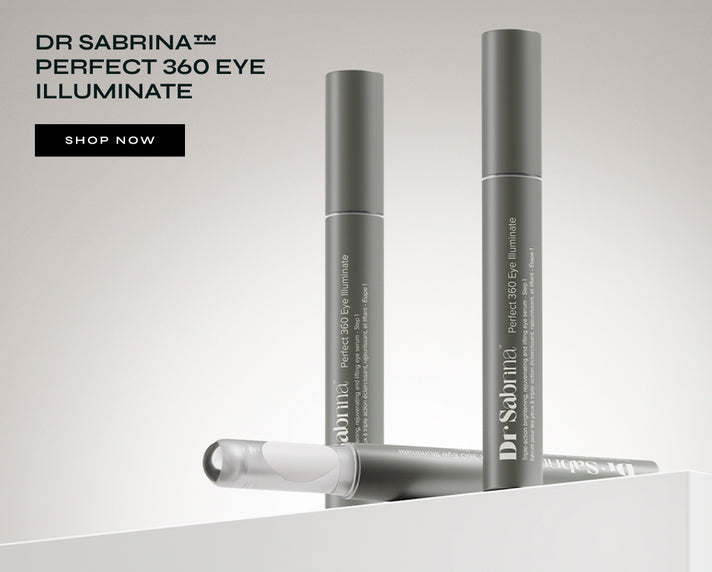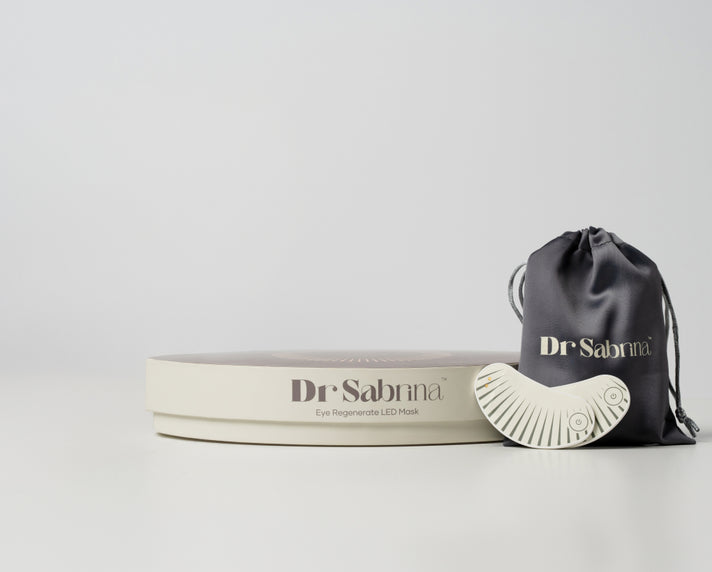
Have you ever come home on a sunny day, slapped on your favourite SPF moisturiser, and said to yourself, That's good enough, isn't it? You're not alone, but the fact is that most of us are misusing sunscreen, and our skin is not receiving the protection it needs.
Whether you're facing the midday sun or simply lounging in a sunny window, the ability to use SPF correctly can be the difference-maker when it comes to your skin's health, ageing, and even your susceptibility to skin cancer.
In this guide, we’ll break down everything, from how to apply sunscreen to the face to tricky areas like around the eyes, and why reapplication is just as necessary as the initial application. This isn't just another skincare lecture; this is your essential skin shield, simplified.
Why SPF Is a Non-Negotiable in Your Skincare Routine
Before getting into how to use SPF, let's get a quick grasp on what exactly SPF does. SPF stands for Sun Protection Factor, and it safeguards your skin from UVB rays—those that cause burning on your skin and help lead to skin cancer. Broad-spectrum sunscreens also defend against UVA rays, which cause premature ageing.
However, having sunscreen isn't enough—you must understand how to use sunscreen correctly so that it can be effective.
Step-by-Step: How to Apply SPF the Right Way
1. Wash and prepare your skin
Start with a clean face. Wash off any oil, makeup, or dirt. SPF should be the final step in your skin care routine before applying makeup. If you apply a moisturiser, first apply it and let it dry.
2. Use sufficient sunscreen, don't be stingy
One of the most frequent errors that individuals make when learning to use SPF is using too little. Dermatologists suggest a quarter-size amount (around two fingers' worth) for the face only.
3. Don't forget your ears, neck, and hairline
Yes, your ears and neck are also at risk from the sun. Use SPF all over these parts, as well as your jaw line and the line of your scalp.
4. Pat, don't rub
If you’re wondering how to apply sunscreen on your face, patting it in instead of rubbing ensures even coverage and less product displacement.
5. Around the eyes? Yes, absolutely.
One of the most neglected but sensitive spaces is near the eyes. Most people avoid it because they don't want to sting, but applying a fragrance-free, mineral SPF can help mitigate this. Understanding how to use sunscreen near the eyes can help prevent fine lines and protect this sensitive area from UV damage.
You may also be curious about applying SPF near your eyes when wearing makeup—try a light SPF stick or gel that won't crease or smudge.
How Frequently Do You Reapply?
One of the most important aspects of learning to use sunscreen daily is remembering to reapply it. Sunscreen fades through sweat, water, or just time. Rule of thumb: reapply every two hours or after swimming or heavy perspiration.
Curious, how long does SPF last? The average sunscreens have a lifespan of two hours on the skin. Therefore, even if you are indoors, by the window, or driving, applying throughout the day is critical for sustained protection.
How to Use Sunscreen Every Day Without Skipping
It's not as difficult as you think to incorporate SPF into your everyday life. Use a moisturiser with SPF if you're in a hurry. If you have make-up, apply a setting spray or cushion compact with SPF for quick touch-ups.
Learning how to apply sunscreen daily is all about forming a habit, just like brushing your teeth. Consistency is the key.
How to Apply Sunscreen When You’re Wearing Makeup
If you have makeup on, you might be inclined to skip reapplying SPF. Don't worry—SPF powders, mists, or compact cushions can be applied directly over makeup without smudging it.
You still need to know how to apply sunscreen to your face during the midday hours, especially if you’re outdoors for extended periods. Lightly pat or spray SPF on your face without rubbing, so your makeup stays in place while your skin remains protected.
What About Under-Eye Concerns?
Applying SPF every day helps prevent fine lines and eye area pigmentation, but there are times when you may need something more than prevention. If you have difficulty with hyperpigmentation around your eyes, try combining SPF with a dark circle corrector in your skincare routine. These can brighten and moisturise the area around your eyes, which will further enhance the effectiveness of your SPF as a preventive measure.
Shop the Dr. Sabrina Dark Circle Corrector System to visibly brighten dark circles, reduce puffiness, and protect your under-eye area—all while pairing perfectly with your daily SPF.
- 2-step under-eye treatment developed by award-winning oculoplastic surgeon Dr. Sabrina Shah-Desai
- Features the patent-pending Kiara Molecule™ for targeted brightening and skin renewal
- Powered by niacinamide, tranexamic acid, CoQ10, arbutin, curcuma extract, and marine plant extract
- Deeply hydrates, reduces puffiness, and fades dark circles
- Built-in SPF to protect the delicate under-eye area from UV damage
- Backed by clinical research and trusted by skincare professionals
Common Mistakes to Avoid
Even when you know how to put on sunscreen, things can go wrong:
- Not repeating the application throughout the day.
- Forgetting the neck, ears, and hands
- Applying expired SPF
- Mixing SPF with other products that water down its power
- Staying away from these pitfalls effectively secures your efforts.
Difference Between SPF 30 and 50
You’ve probably seen SPFs ranging from 15 to 100 on the shelves. So what’s the difference? SPF 30 blocks about 97% of UVB rays, while SPF 50 blocks about 98%. It’s a small difference, but for sensitive or fair skin, it can make a significant difference.
When choosing between the two, consider how long you’ll be outside and
Your skin type. Knowing the difference between SPF 30 and 50 ensures that your skincare decisions are optimised for maximum advantage.
Final Thoughts
Learning how to use SPF is one of the simplest yet best methods for protecting your skin. Regardless of whether it is sunny or cloudy outside, indoors or outdoors, SPF needs to be a no-brainer for your skincare.
From learning to apply sunscreen near your eyes to selecting the correct SPF based on your lifestyle, these small habits make a huge difference in the long run. The good news is that it only takes a few seconds a day.
So next morning, when you do your skincare routine, stop and ask yourself: Did I use enough? Because that thin layer could be your skin's best defence.
FAQs
1. How much SPF do I use on my face?
Use a quarter-sized amount (or an amount equal to the width of two fingers) for your face only to ensure adequate coverage.
2. Do I put SPF on before or after moisturiser?
Put SPF on after moisturiser and before makeup. It is the final step in your skincare routine.
3. Can I put SPF around my eyes?
Yes, apply a light, fragrance-free SPF designed for sensitive skin to shield the thin skin around your eyes.
4. Do I have to reapply SPF if I'm indoors all day?
If you're in front of windows or under indoor lighting (such as blue light), reapplying every 2–3 hours is still recommended.
5. Can I apply makeup on top of SPF?
Yes! Allow your SPF to absorb completely, then apply your makeup. For reapplication, apply SPF sprays or powders over makeup.













